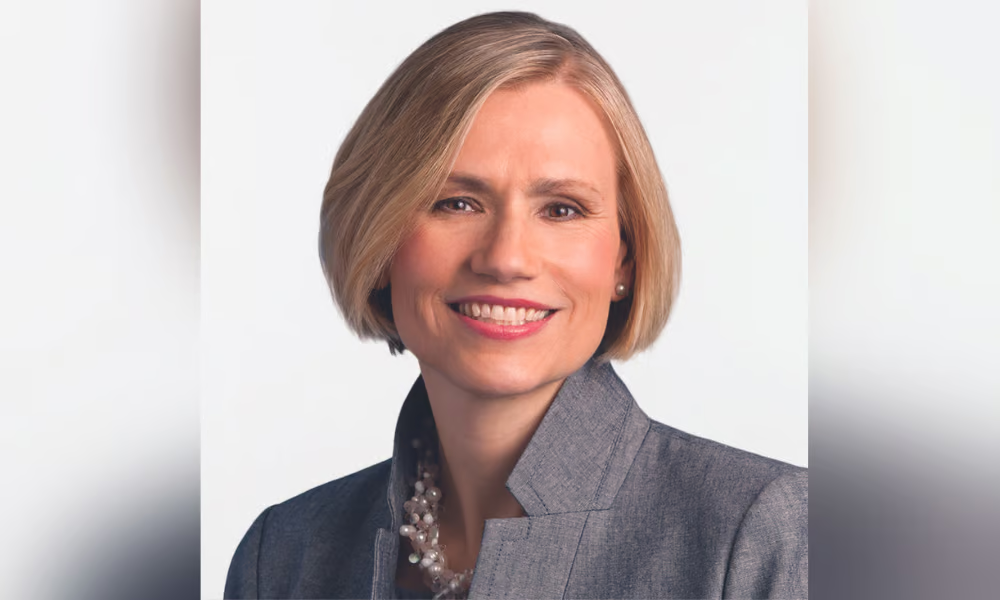Lower-than-expected CPI reading adds to optimism, but there could be upward pressure ahead, says global market strategist

The US central bank appears to be making headway in its fight against inflation, according to key indicators – but the Federal Reserve isn’t exactly out of the woods yet.
“When I was reviewing the US inflation data for last week, I was reminded of the title of an old John Steinbeck novel, ‘The Winter of Our Discontent,’” said Kristina Hooper, chief global market strategist at Invesco, in a recent commentary. “In the US, at least, it’s clearly the summer of our disinflation.”
Hooper highlighted the most recent reading of the US Consumer Price Index (CPI), which registered at 0.2% month-over-month and 3.2% year-over-year – a shade cooler than the 3.3% expected.
“Core CPI, which excludes food and energy prices, was up 0.2% month-over-month and 4.7% year-over-year,” she said. “While some categories of inflation are stickier than others, the progress that has been made is significant — and very welcome.”
Another positive indicator came from the preliminary University of Michigan Survey of Consumers. The August pulse of that research showed five-year forward inflation expectations dropping to a five-month low of 2.9%, with a slightly more tempered descent bringing one-year-ahead inflation expectations down to 3.3% based on preliminary readings.
“[N]ot only is inflation improving, but so are inflation expectations — which has been an important consideration for the Fed in determining its monetary policy,” Hooper said.
While history is not necessarily predictive of the future, records suggest inflation expectations can be very predictive of actual inflation behaviour. To that point, Hooper cited University of Michigan consumer inflation expectations circa late ‘70s and early ‘80s.
At the time, consumers expected high inflation – a snapshot from February 1980 showed year-ahead inflation expectations clocking in at 10% – which created an immediate spending spiral that helped make it a reality.
Still, the U.S. disinflationary story is not so cut-and-dried. Hooper warned that an increase in energy prices over the coming months could put upward pressure on headline inflation in the Land of the Free.
“Natural gas price trends in 2023 have been below those implied by historical norms, likely driven by high storage levels in Europe and slower-than-expected demand growth in China,” she said.
The relative sluggishness on the Chinese demand side comes as the Asian country grapples with continuing woes in the property sector and disappointing economic data releases. Beijing also stirred up controversy last week when it decided to stop publishing age-based data on unemployment following months of reports showing a concerning rise in youth unemployment.
Still, there are upward risks ahead for energy supply and energy prices, Hooper said, pointing to the “threat of strikes in Australian liquefied natural gas facilities” as well as the Ukrainian counteroffensive.
Hooper said she will be keeping a close eye on US inflation data in the coming weeks – which Federal Reserve policymakers will likewise be doing as they deliberate on their next policy-rate steps.
“However, I think markets will soon come to the conclusion that the rate hike cycle in the US is over — and anticipation about Fed rate cuts will begin,” she said.



